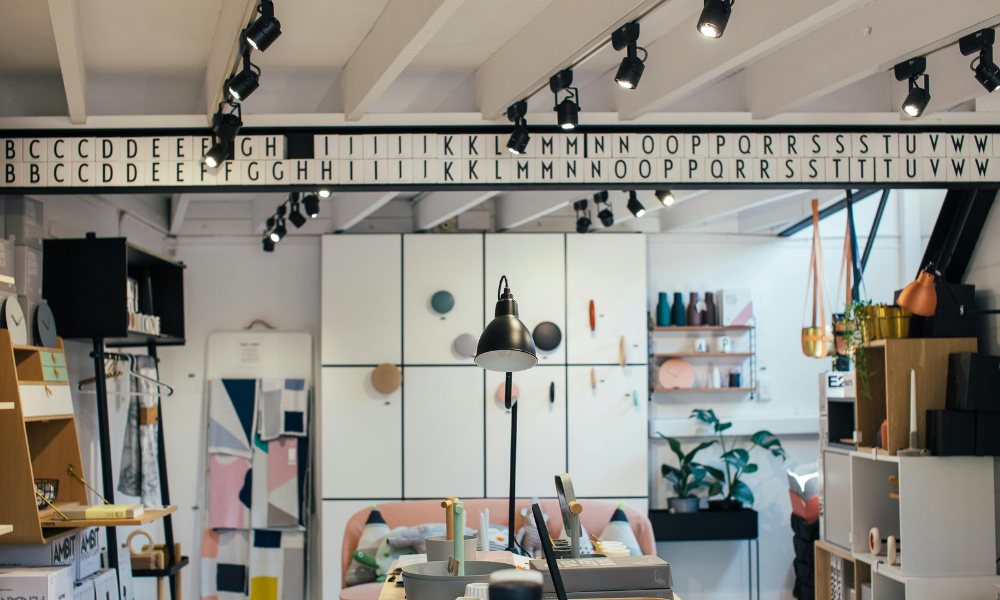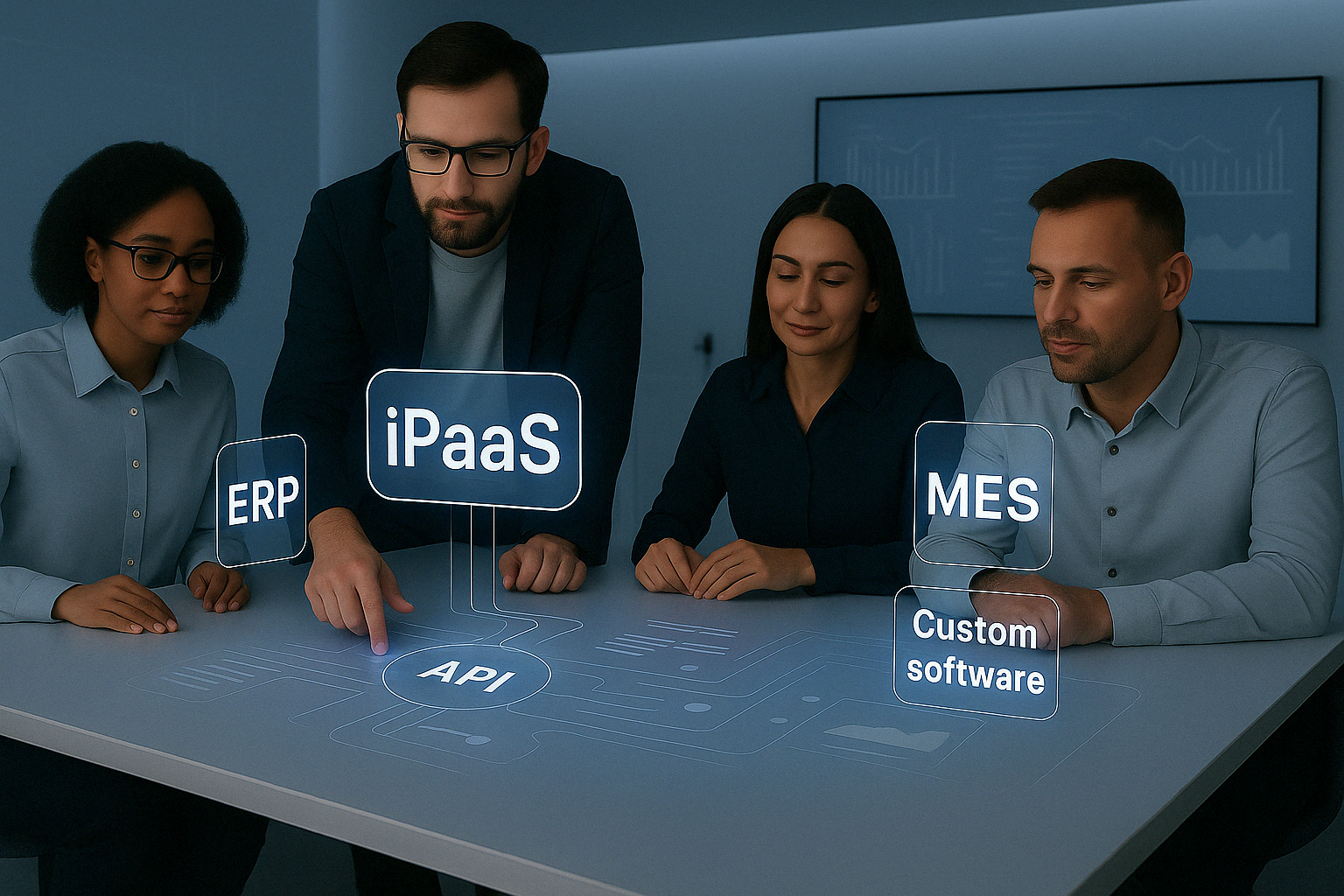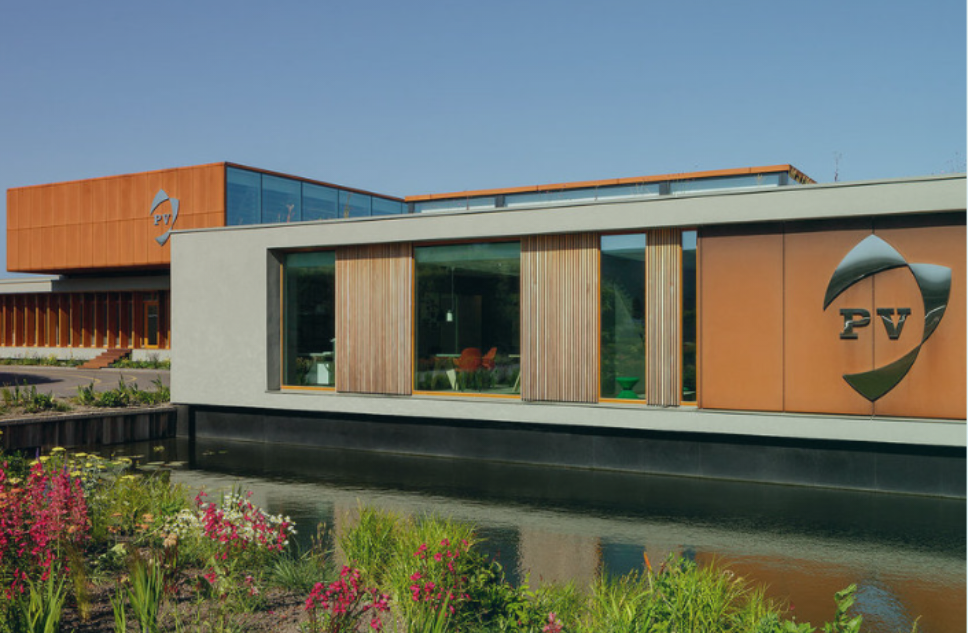News & Blogs
Stay updated with the latest news, insights, and expert blogs from Emixa. Explore industry trends, digital innovations, and company updates all in one place.

- Management Consulting
- Commerce & Logistics
Intergamma: how a flexible and smart delivery proposition keeps customers happy

- Digital Transformation
Digitalisation of Logistics of Reusable Transport Packaging
Reusable transport packaging such as containers, barrels, pallets, crates and transport containers require a unique digital system landscape. The customers your products are rented to are not necessarily the ones who return them. You therefore encounter unique problems. How do you organize the logistics of products for which you are not sure when they will return and where they are? Just as important: who pays for the use? Various challenges As an owner of reusable means of transport, you face various challenges. This is how you want to: include a regular return flow in inventory management; where possible, map all flows within the logistics chain; register how long each party has used your products; tailor the billing process to usage; agreement within the logistics chain on products and quantities; exchange data digitally and cross-system with the parties involved; manage and administer activities to make the product suitable for rental again after return; coordinate transport planning both internally and externally. A continuous, positive return flow contributes to the circular economy Reusable transport packaging contributes to the circular economy. In essence, they form a continuous, positive return flow. Positive in the sense that, unlike defective items, for example, the goal is to have the packaging returned. In fact, the return flow is a critical business process. The faster you as the owner get your packaging back, the faster they can be rented out again, possibly after a cleaning process. The multitude of logistical movements requires that all parties involved communicate and administer properly. A complex rental process requires a corresponding invoicing process Invoicing is a complex rental process. A rental process because, despite all changes in the logistics chain, the transport packaging never changes ownership. Complex due to various factors including the multiple tenants per transaction and the deposit. Charging for the actual period of use per tenant requires additional administration and the registration of legally required deposits is also a challenge. The invoicing process must be set up taking these requirements into account. Asset management extends the lifespan of transport packaging To extend the lifespan of transport packaging, maintenance issues must be answered. The use of asset management can support this. Within this field, Emixa offers a solution that focuses on classic assets. By using this application in parallel with the support of reusable transport packaging, it is possible to further optimize the occupancy rate. Read here how BAM Infra Materiële, together with Emixa, has digitized its rental process and optimized asset management. Additional income with up- and cross sales such as VMI The purchase of transport packaging offers an excellent opportunity for up- and cross-sales. Additional information services are obvious. For example, it may be interesting for the renter of the transport packaging to obtain location and condition data from the lessor in order to monitor the contents. With a service like 'Vendor Managed Inventory' (VMI), you as a landlord can take a lot of work off the hands of your customers. A flexible link between internal and external transport planning is required Rental of reusable transport packaging requires coordination of the internal logistics planning with that of your customers. Buyers want the guarantee that transport packaging will be ready when the truck comes to pick them up. Conversely, as a landlord you need advance warning if returns are on their way to you. Even if only to reserve sufficient space in the warehouse. If pallets are also exchanged, additional administration will be required. All this requires a flexibly deployable digital link with which your own systems and those of the customer can communicate with each other. Digitalisation faces unique logistical challenges The rental of reusable means of transport is characterized by unique logistical challenges. Unlike regular sales, the product does not change ownership. This entails continuous return flows that are reminiscent of regular rental. But with reusable means of transport, both location and tenant are not always easy to trace. Emixa offers a digital solution that meets these challenges. We would be happy to tell you more about this. Contact us without obligation and we will talk to you! Get in touch Ready to make a business change? At Emixa, we'd be glad to share our comprehensive insights. Contact us to discover how our approach can help your organization thrive in the cloud era. Let's embark a journey towards enhanced efficiency and effectiveness together! Martijn van Dam Martijn van Dam is a senior consultant and has more than 20 years of experience in the field of Supply Chain Management and digitalization.

- ERP Software
Replacing and Migrating ERP to the Cloud
ERP systems were massively deployed in the 1980s and 1990s as replacements for custom systems. Well-known and popular examples include SAP R/3, Oracle E-Business Suite, Agresso, Baan, and Coda, as well as smaller systems like Exact.

- Applications
- AI
Exploring SAP S/4HANA Deployment Options: Choosing the Right Path for Your Business (test blog)
In the era of digital transformation, selecting the appropriate Enterprise Resource Planning (ERP) deployment model is pivotal for organisational success. SAP S/4HANA offers a range of deployment options tailored to diverse business needs. This article delves into these options, providing insights to help you make an informed decision aligned with your strategic objectives.

- IT
- iPaaS
Why iPaaS is a necessity in any modern application landscape
How do I get a clear picture of my IT costs while reducing the Total Cost of Ownership (TCO)? How do I shorten my time-to-market so that new products or services can be launched faster? Can my application landscape scale up during peak moments, such as Black Friday, without any problems? And how do I keep control over my business processes and avoid duplicate or unsynchronised data?

- Mendix
Manufacturing Menu: The Power of Quality Management and Compliance
In the fast-paced world of manufacturing, ensuring world-class quality isn't just a nice to have - it's a necessity. Every aspect of your business, from production processes to finished products, must meet stringent standards to protect your reputation, ensure customer satisfaction and comply with regulations. That's why implementing a robust quality management system is essential to the success and longevity of your manufacturing business. First and foremost, quality management is about protecting your workforce. In a high-stakes environment where machinery hums and production lines buzz, safety protocols aren't just guidelines - they're a lifeline. By meticulously documenting and diligently enforcing safety measures, you reduce the risk of accidents, injuries and costly downtime. Investing in quality ensures that your employees can work safely and securely, fostering a culture of trust and well-being within your organization. This is why quality plays a critical role in any manufacturing success.

- Commerce & Logistics
5 Reasons Why Virtual Fitting Rooms Haven't Broken Through in Retail
In the realm of augmented and virtual reality, a revolution is unfolding, set to transform customer experiences, product sales, and cost efficiency in retail. Brands like Charlie Temple showcase this potential with their virtual fitting room, enabling customers to try on glasses at home while offering high-quality eyewear at competitive prices. Similarly, MAC Cosmetics’ virtual lipstick trials and IKEA’s AR-enabled furniture visualisation signal a new era in shopping.

- Commerce & Logistics
From Returns to Retention: Understand the Shift in Consumer Behavior
Since the start of online shopping, returns have been a significant concern for many retailers. A return incurs numerous additional costs: extra handling, not all products are eligible for resell, an increased burden on customer service, and sometimes a less positive customer experience. And because returns also contribute to additional CO2 emissions, the focus on bringing down returns has been intensified.

- Applications
- PLM
- +1
Pop Vriend Seeds adds Low Code to ICT landscape with the Pop App
The growing global population and demand for healthy, vitamin-rich food are driving the vegetable seed market worldwide. Pop Vriend Seeds, based in Andijk in West Friesland, is a major player in this industry. To better equip its operations for the demands and challenges of the digital era, Pop Vriend Seeds partnered with Emixa. We spoke with Jits Ursem, ICT Manager at the company, about the specifics and benefits of the application developed collaboratively by Pop Vriend Seeds and Emixa.